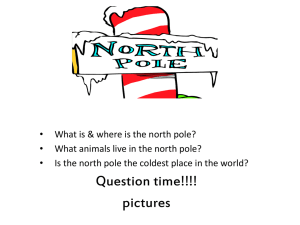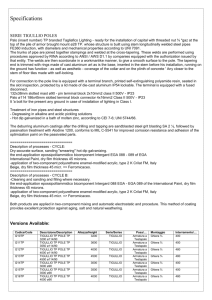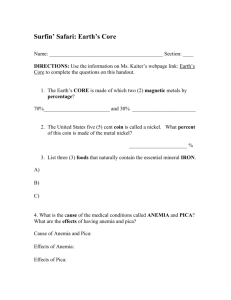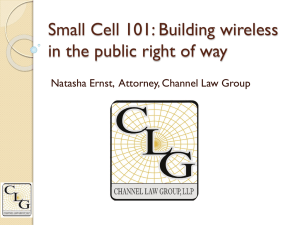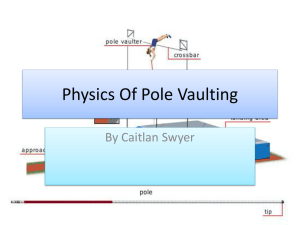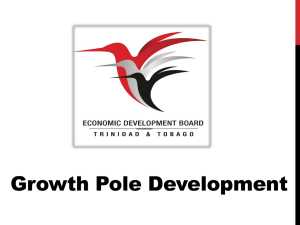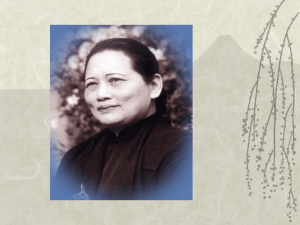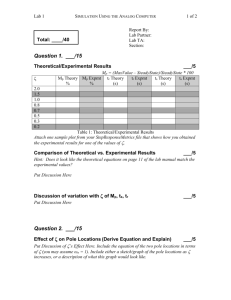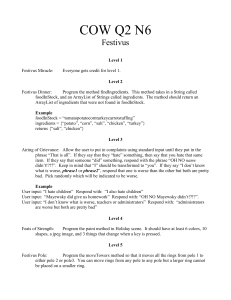General Principles of Development
advertisement
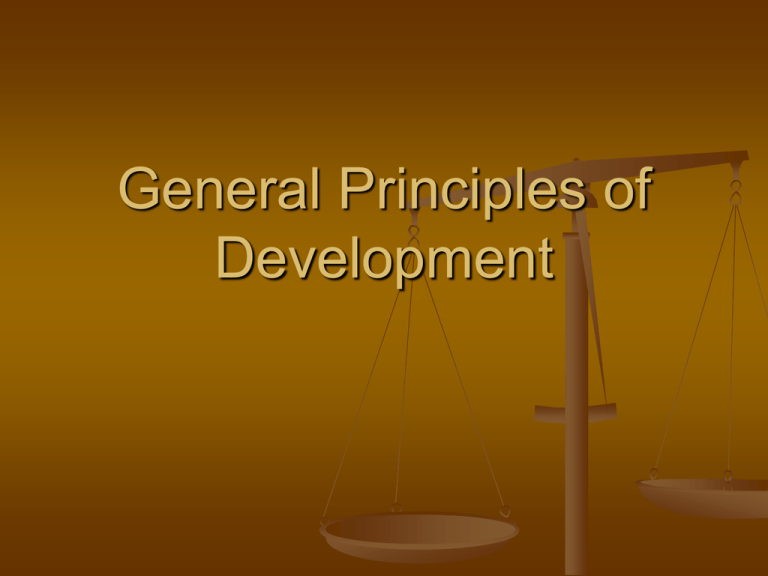
General Principles of Development A Definition Development refers to measures of economic growth, social welfare and the level of modernization within a society, culture, nation, or region, as measured against a chosen standard, usually a western model. Factors that Influence Development Physical Geography Physical geography determines resource availability. Culture Culture determines how resources are selected and used. Technology Technology determines how resources are used and modified. Human Interaction Human interaction includes migration, diffusion, trade, and conflict. All of these issues will impact the rate and type of development within a region. Models of Development Rostow’s Model of Economic Growth And Core-Periphery Models Rostow’s Model of Economic Growth This model is based on the historical examination of the economic development of western capitalist nations. It is usually closely linked with the demographic transition. Rostow identifies five stages of development. Stage 1: Traditional Society The society is characterized by subsistence level agriculture, domestic industry and a hierarchical social system. Stage 1 Demographic Transition Stage 2: Preconditions for Take-Off In this stage there is localized resource development because of the benevolent actions of an outside force. With the help of this force, there is the development of an export based economy. A dual economy emerges combining aspects of a traditional society with economic growth through export. Stage 2 Demographic Transition Stage 3: Take-Off to Sustained Growth During this stage major resources are exploited to fuel the export based economy. Radical and rapid political change accompanies growth. Stage 3 Demographic Transition Stage 4: Drive to Maturity As a result of reinvestment in the local economy during Stage 3, a diverse industrial base is created supporting increased trade focusing on exports. Stage 4 Demographic Transition Stage 5: Age of High Mass Consumption During this stage there is the development of an advanced industrial economy with sustained economic growth. As a result of this economic growth, a viable consumer class emerges with a taste for imported finished products. Stage 4 – 5 Demographic Transition Core-Periphery Models of Development Largely based on the work of Friedman, these models attempt to explain patterns of development across a region. Assumption Development produces spatial inequalities that must be rectified before uniform development can occur. Assumption Development produces a series of distinct regions that vary in wealth. The Regions The Core The dominant urban area in which development is focused. The Regions The Region of Upward Transition This region is outside the core but is closely tied to it by transportation. The benefits of development are diffusing into this region. The Regions The Region of Downward Transition This region is too far away from the core to benefit from development. People are moving out of this zone and into the zone of upward transition. As a result, local economies are collapsing. The Regions The Resource Frontier This is an area of peripheral settlement as people move from the surrounding frontier to be closer to the benefits of development. However, few benefits radiate to this region. The Solution – Step 1 In order to produce a uniform pattern of development, an infrastructure must be developed linking all regions surrounding the core. The Solution – Step 2 In addition to the development of a fully integrated infrastructure, developmental projects should be fostered in all regions surrounding the core to stimulate a pattern of uniform development and reduce spatial inequalities. Other Models – Growth Poles Frequently associated with core-periphery models, this approach argues that uniform development is not necessarily possible and development should focus on specific selected places. Growth Pole Models – Step 1 Identify an area for resource exploitation and funnel money into the site to develop the resource. Growth Pole Models – Step 2 Identify a new site close to the site of resource extraction where the raw materials may be taken for processing into a finished product. Growth Pole Models – Step 3 Identify a local market where the finished products may be sold. Growth Pole Models – Step 4 Reinvest profits in the development and expansion of resource extraction facilities, manufacturing, marketing and regional infrastructure. A pattern of steady growth should occur within and around the growth pole as a result of multiplier effects. Growth Pole Models - Results Growth pole development models have been used extensively in East and South East Asia to stimulate development. Results have been mixed. However, they continue to be used, but with one major exception to the original model. Growth Pole Models – The Results When applied in East and South East Asia, instead of locating a new area for resource exploitation, developmental projects have been focused on major cities, such as Singapore.



